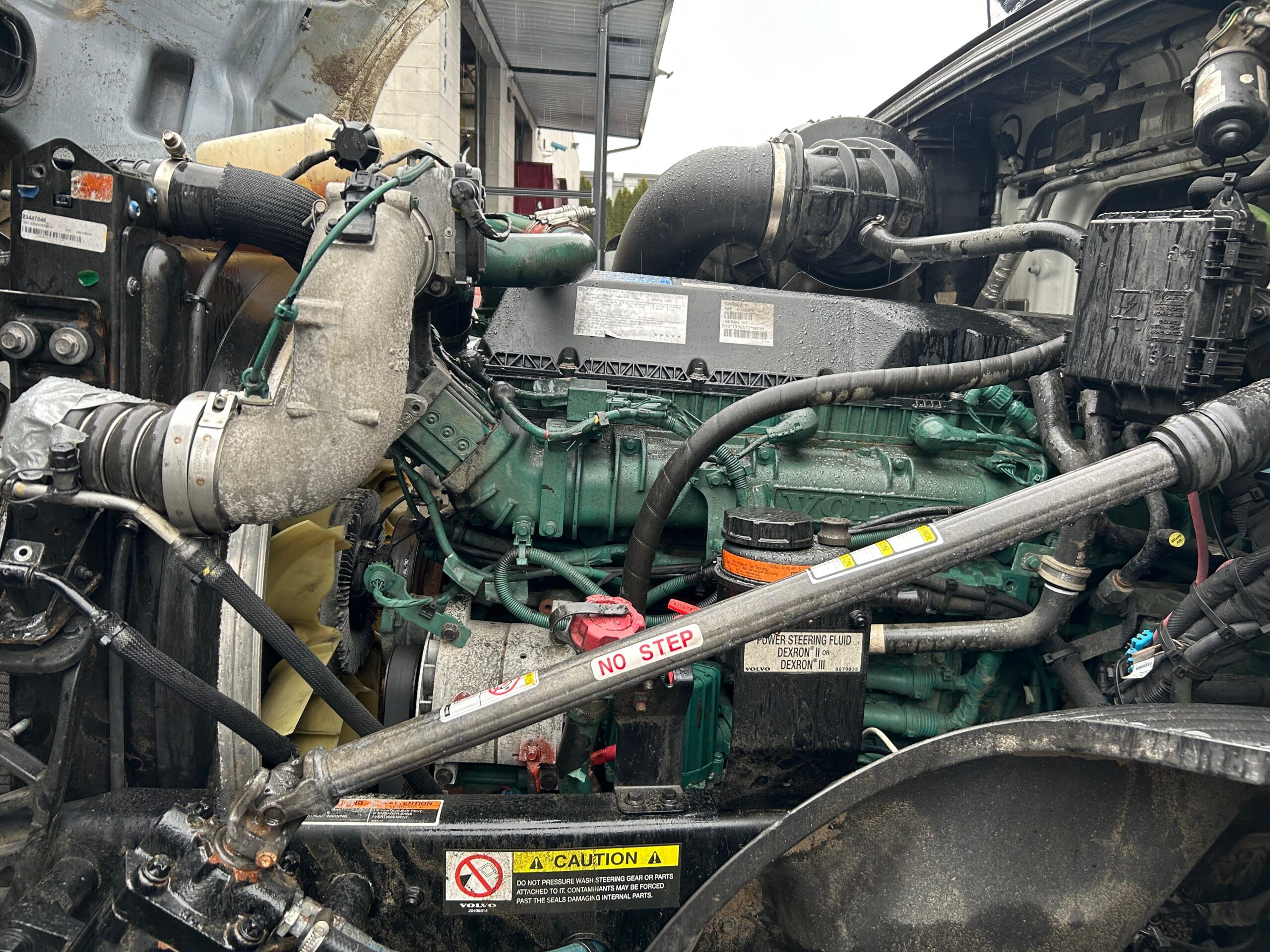Workplace accidents don’t always happen out of the blue. More often, they’re the result of unnoticed hazards, overlooked routines, or outdated procedures. These hidden dangers can lead to injuries, lawsuits, and costly penalties. The best way to uncover and address them? Through professional workplace safety audits.
In today’s fast-paced industries, staying compliant and maintaining a safe environment is not just good practice—it’s essential. Let’s explore how workplace safety audits can help identify unseen threats, boost compliance, and safeguard your business from avoidable risks.
What Are Workplace Safety Audits?
Workplace safety audits are systematic evaluations of a company’s safety practices, processes, equipment, and environment. These audits assess whether your operations comply with local, national, and industry-specific safety regulations—and more importantly, whether they actually keep your workers safe.
Audits go beyond surface-level inspections. They involve:
- Reviewing policies and procedures
- Observing employee behavior
- Inspecting equipment and PPE usage
- Checking emergency preparedness plans
- Identifying potential hazards in workflows
The result? A clear picture of where your workplace stands—and what must be improved to prevent incidents before they happen.
Why Workplace Safety Audits Are Critical
1. Uncover Hidden Hazards
Many workplace dangers are not immediately visible. Slippery surfaces, malfunctioning ventilation, faulty wiring, or improper lifting practices can silently put workers at risk. Workplace safety audits bring these issues to light through structured observation and risk assessment.
2. Ensure Legal and Regulatory Compliance
Every industry is subject to strict safety standards enforced by agencies like OSHA, WSIB, or other governing bodies. Falling short—even unknowingly—can result in major fines, lawsuits, or even criminal charges. Regular workplace safety audits help ensure that your business meets (and exceeds) every required standard.
3. Reduce Workplace Accidents and Injuries
Audits help spot risks before they turn into incidents. Fewer accidents mean lower injury rates, less downtime, and fewer worker compensation claims—all of which contribute to a healthier and more productive work environment.
4. Improve Safety Culture and Accountability
When audits are part of your regular operations, safety becomes a shared responsibility. Employees become more aware of risks, more likely to report issues, and more committed to following protocols. It fosters a culture where everyone feels responsible for creating a safer workplace.
5. Boost Operational Efficiency
Safety issues often overlap with operational inefficiencies. For example, poor lighting can cause both accidents and reduced productivity. Workplace safety audits often reveal workflow improvements that save time and money while increasing safety.
What’s Included in a Professional Safety Audit?
Depending on your industry and audit scope, workplace safety audits can include:
- Hazard Identification and Risk Assessment (HIRA)
- Compliance Checklists against relevant safety codes
- Review of Training Programs and certifications
- Inspection of Machinery, Tools, and Equipment
- Emergency Response Readiness Review
- Analysis of Accident Records and Safety Reports
These audits are typically performed by certified safety consultants who bring a neutral and expert perspective to your workplace. The findings are presented in a detailed report that outlines issues, prioritizes risks, and offers practical recommendations for improvement.
Who Should Conduct Workplace Safety Audits?
While internal audits are helpful, external experts often catch what internal teams miss. Certified professionals bring industry expertise, objectivity, and an up-to-date understanding of evolving regulations.
Third-party workplace safety audits provide:
- Unbiased assessments free from internal politics
- Legal expertise to align with local, federal, and industry-specific laws
- Tailored advice based on industry-specific best practices
Hiring a reliable safety consultant ensures nothing slips through the cracks—and provides documentation that regulators will respect.
How Often Should Workplace Safety Audits Be Done?
The frequency of workplace safety audits depends on your:
- Industry risk level (e.g., construction vs. office environment)
- Regulatory requirements
- Incident history
- Workplace changes (e.g., new equipment, layout changes)
As a general rule of thumb:
- High-risk environments: Every 3 to 6 months
- Moderate-risk environments: Every 6 to 12 months
- Low-risk environments: Annually
In addition to scheduled audits, conduct audits after any workplace incident, complaint, or procedural change.
Long-Term Benefits of Regular Safety Audits
Beyond compliance, routine workplace safety audits offer multiple business advantages:
- Reduced Insurance Premiums: Safer workplaces mean fewer claims and better rates.
- Stronger Employee Retention: Workers stay longer where they feel protected and valued.
- Better Business Reputation: Clients, partners, and regulators respect companies that prioritize safety.
- Improved Productivity: Fewer disruptions, more streamlined operations.
Audits aren’t just a safety tool—they’re a smart business strategy.
FAQ: Workplace Safety Audits
1. What’s the difference between an inspection and a safety audit?
An inspection is typically a routine check of specific items or areas, often done internally. A safety audit is more comprehensive, evaluating systems, policies, and safety culture.
2. Do I need a safety audit if I’ve never had an accident?
Yes! Many hazards go unnoticed until it’s too late. Audits are about prevention, not reaction. A strong safety record doesn’t mean you’re immune to risk.
3. Can small businesses afford workplace safety audits?
Absolutely. Many firms offer affordable audit packages, and the cost is often offset by reduced insurance premiums and avoided fines. In many cases, audits are also eligible for safety grants or subsidies.
Conclusion: Make Workplace Safety Audits a Priority
Hazards don’t always announce themselves. Often, the biggest threats to your workforce are the ones you can’t see—until it’s too late. Workplace safety audits are your first line of defense against invisible risks, non-compliance, and unnecessary costs.
Don’t wait for an inspector—or worse, an accident—to tell you what’s wrong. Be proactive. Invest in expert workplace safety audits and protect what matters most: your people and your business.
Ready to uncover the hidden dangers in your workplace? Schedule a safety audit today. Explore our homepage now to stay ahead in the digital world.











Leave a Reply